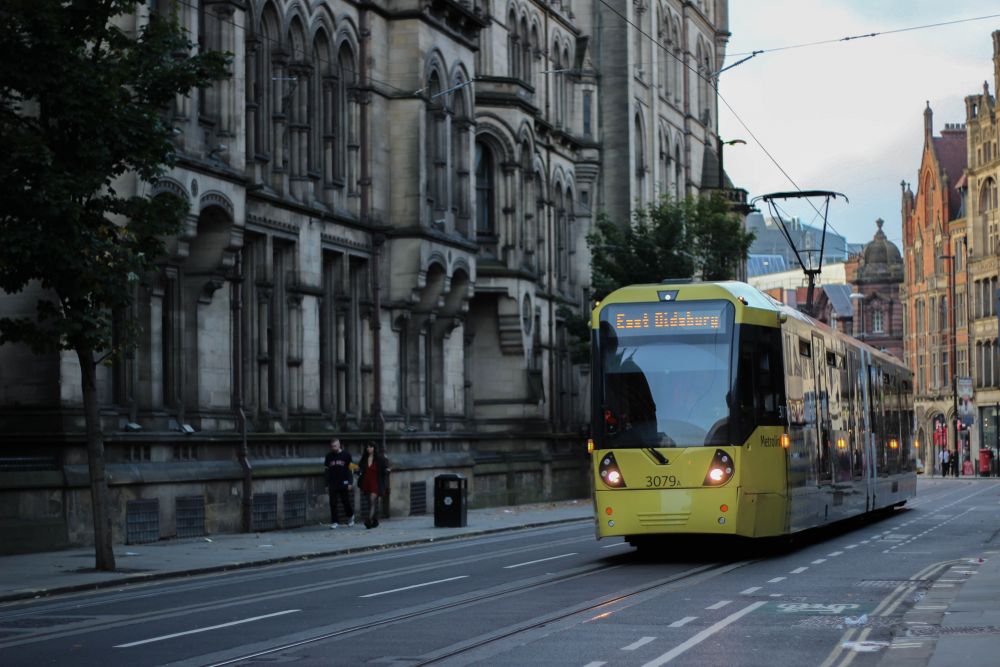Melbourne trams to be powered by solar energy
Melbourne’s tram network will become entirely powered by solar energy under a new proposal by the Andrews government to build large-scale solar farms in northern Victoria

Melbourne’s tram network will become entirely powered by solar energy under a new proposal by the Andrews government to build large-scale solar farms in northern Victoria.
According to a 2015 government report, just 12 per cent of Victoria’s electricity supply in 2014 was renewable, while 84 per cent came from coal.
This is set to change as the State Department of Environment, Land, Water and Planning announced that it will issue an open tender in the first half of 2017 to build Victoria’s first large-scale solar farms with a capacity of 75 MW, by the end of 2018.
The government says the tender will deliver 150 million Australian Dollars ($113 million) in capital investment and create 300 jobs.
The government states that 35 MW of power from the proposed solar farms will be linked to Melbourne’s tram network, reducing the city’s greenhouse gas emissions by 80,000 tonnes a year.
The announcement comes six months after the Andrews government approved the construction of two wind projects in north-west Victoria, the 30MW Kiata wind farm and the 66MW Mt Gellibrand wind farm.
In November 2016, the Hazelwood coal power station – which had generated 25 per cent of Victoria’s electricity – was closed.
Investments in solar and wind energy and the closing of one of the state’s largest coal power station will curb dependence on fossil fuels and keep Victoria on track to meet its target of net-zero carbon emissions by 2050.
Lily D’Ambrosio, Minister for Energy, Environment and Climate Change in the Andrews Ministry, said: “We will use our purchasing power as a large energy consumer to boost investment in renewables and create new jobs for Victorians…We’re positioning Victoria as a leader in climate change, by reducing emissions and adapting to the impacts.”
At 250 kilometres, the Melbourne tram network is the largest in the world and one of the most recognisable features of the city, carrying 204 million passengers every year.
Mark Wakefield, Chief Executive of Environment Victoria, said that although there was “symbolic power” in Melbourne’s tram network being powered by renewables, he would like to see the train network adopt the same policy.
Kane Thornton, Clean Energy Council Chief Executive, said: “Investment in renewable energy by state governments such as Victoria is helping to create much-needed momentum in the sector towards the national Renewable Energy Target and build investment confidence.”
Other countries in the world also make significant efforts to green their transport sector, and for example, as of the beginning of 2017, all public transport trains in the Netherlands are being powered entirely by renewable energy sources, namely wind power.
Thorton went on to say: “With no national coordinated energy policy beyond the end of the decade, state governments are introducing their own initiatives to encourage more renewable energy and help Australia meet its emissions reduction commitments.”
Never miss an update by signing up to our newsletter here.




